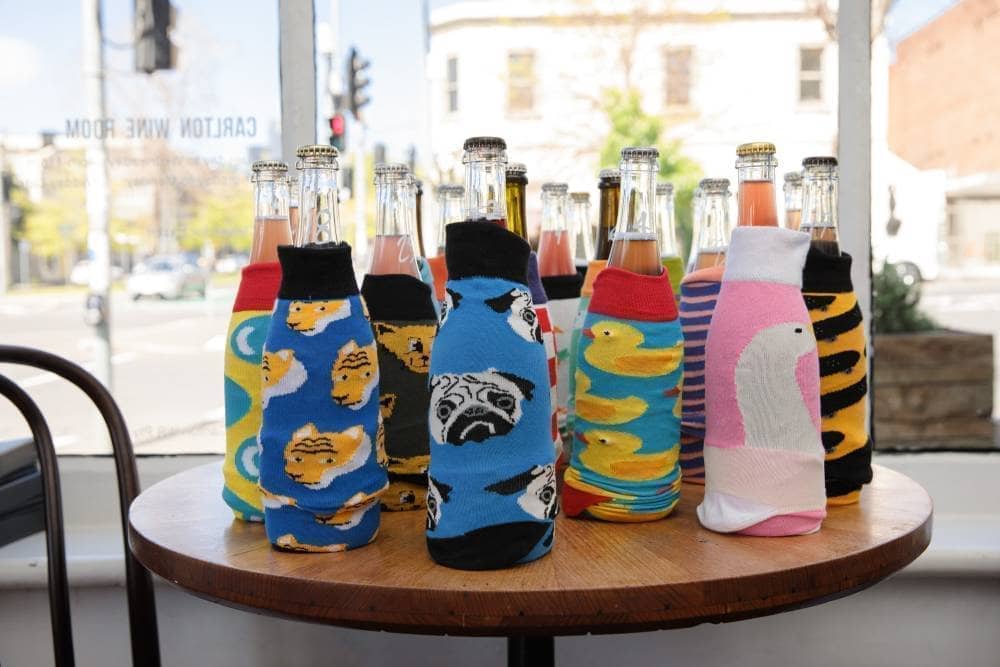Barwang Vineyard, Hilltops
In the heart of the Hilltops region, Barwang Vineyard emerges as a testament to innovation and resilience in Australian viticulture. Founded in 1969, the site was purchased in 2021 by the Bowman family, whose farming roots in the area span six generations, and is led today by James Bowman with vineyard manager Scott Douglas. The vineyard grows not only its own esteemed Barwang wines but also plays a pivotal role as a supplier of premium grapes to notable labels including Brokenwood, Hungerford Hill, Lerida Estate, Nick O’Leary, Collector, Eden Road, and more. At a time when the industry sees many moving away from vineyard ownership, the Bowman family’s foray into grape growing exemplifies a bold faith in the future of viticulture, integrating this new challenge into their diversified farming enterprise. Their approach showcases a thoughtful stewardship of a significant 100ha site, underpinned by sustainable practices such as mixed farming, composting, mulching, and native tree regeneration.










